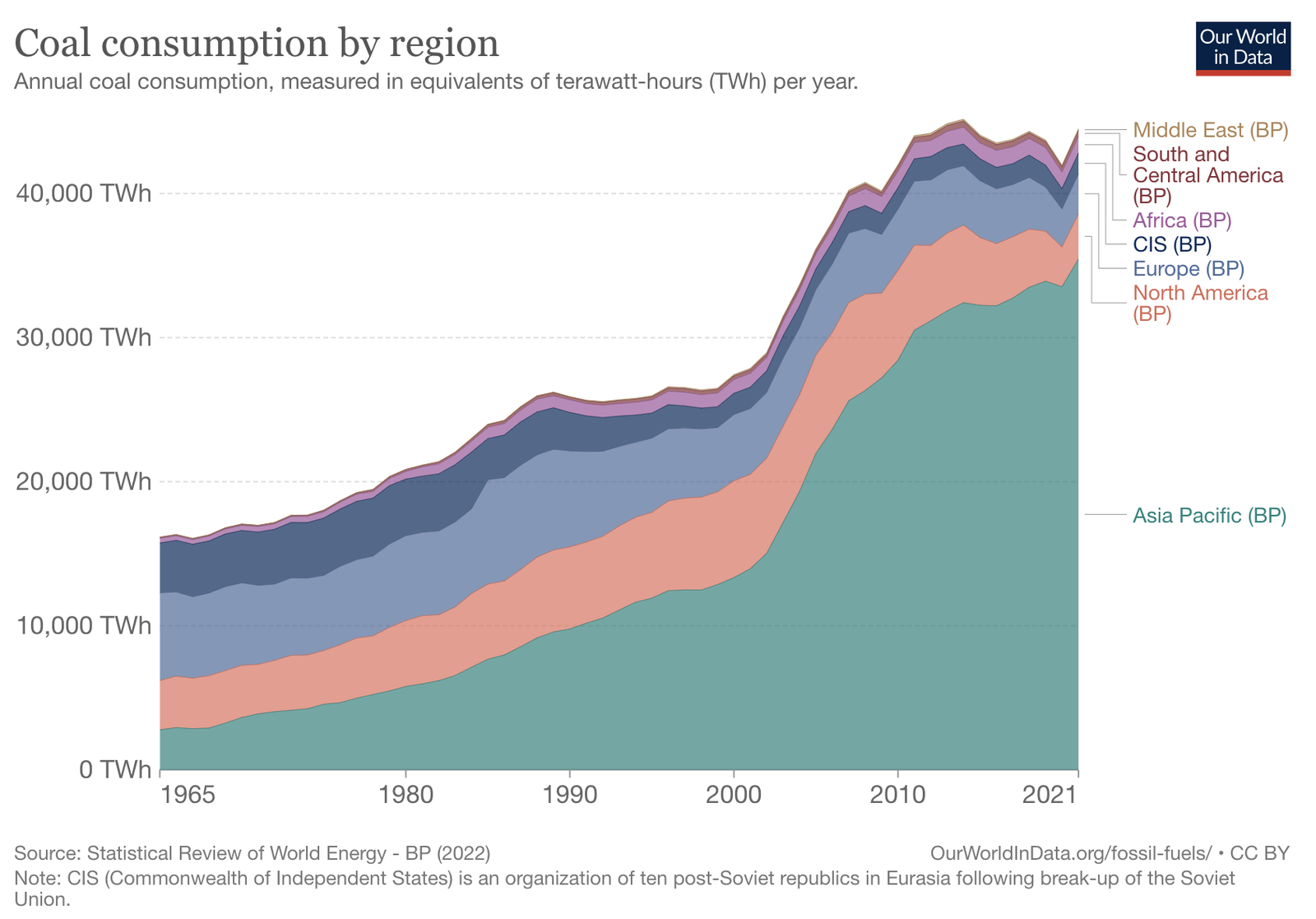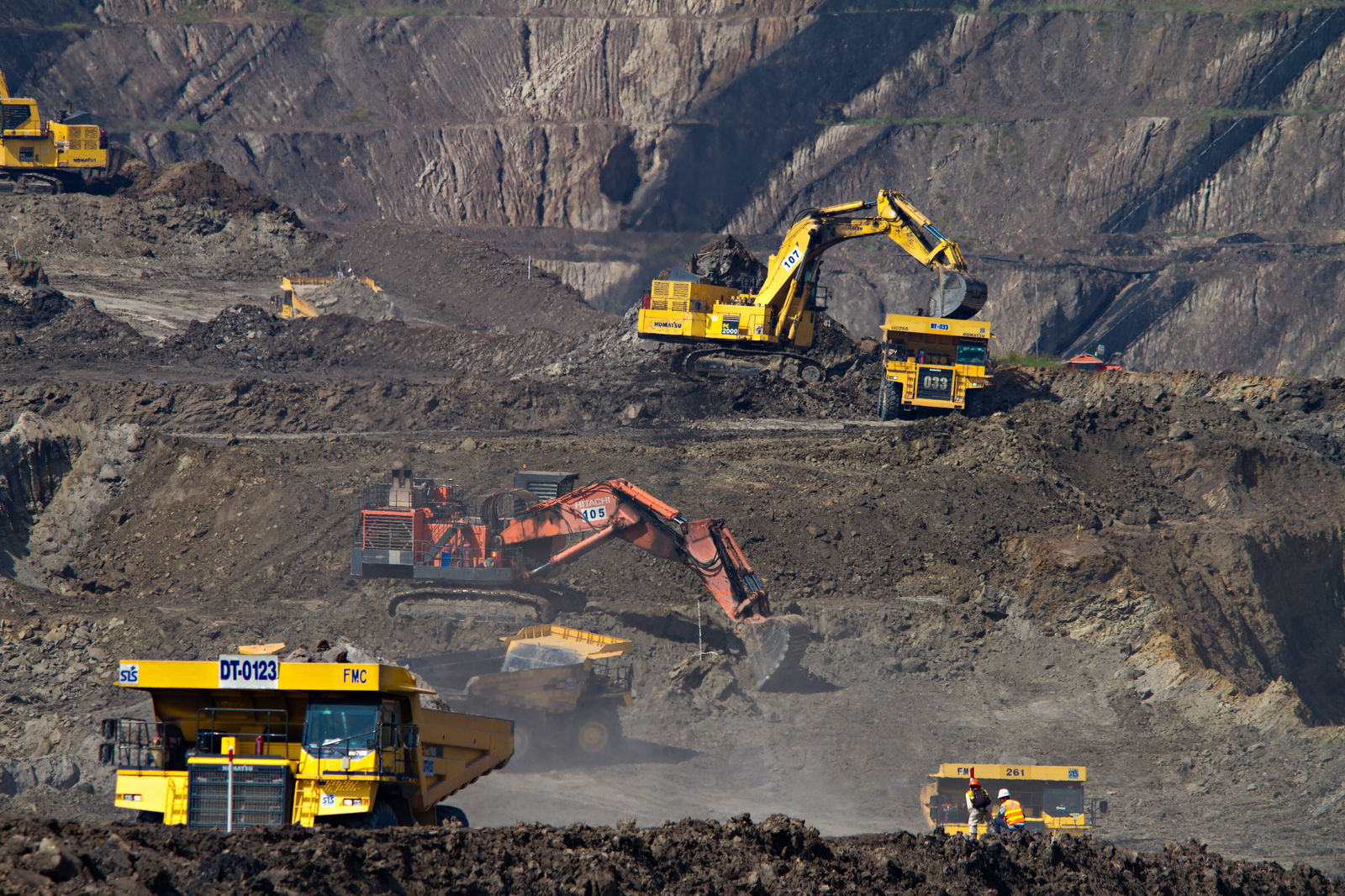Examining the pros and cons of coal as an energy source


· 12 min read
This article is part of our series to spread free & quality sustainability knowledge for all. Compare on Data Hub™ the sustainability performance of the largest coal mining firms: Glencore, Peabody Energy, BHP Biliton and Rio Tinto
Coal has been a vital source of energy for centuries, fueling industrial revolutions and powering economies worldwide. However, in an era where environmental concerns are at the forefront, the use of coal has become a topic of intense debate. On one hand, coal offers several advantages, such as its abundance, affordability, and reliability as a source of electricity. On the other hand, its drawbacks, including detrimental environmental impacts, public health risks, and contributions to climate change, cannot be overlooked. This article delves into the advantages and disadvantages of coal, providing a comprehensive analysis of its benefits and drawbacks. By examining both sides of the coin, we aim to shed light on the complex and multifaceted nature of coal as an energy source, allowing readers to form an informed perspective on its role in our energy landscape.

Coal is a fossil fuel, typically black or brown, that forms through the decomposition of organic materials, primarily plant matter, over millions of years. It is classified as a sedimentary rock and is primarily composed of carbon, along with various other elements such as hydrogen, sulfur, oxygen, and nitrogen. The carbon content in coal gives it its combustible properties, making it an efficient source of energy when burned.
Coal is typically extracted through mining, either through underground mining or surface mining methods, depending on the depth and accessibility of the coal deposits. Underground mining involves tunneling into the earth to reach the coal seams, while surface mining involves removing layers of soil and rock to expose the coal seams.
There are different types or ranks of coal, ranging from low-energy lignite to high-energy anthracite, based on the carbon content and energy potential. The four main types of coal are lignite, sub-bituminous coal, bituminous coal, and anthracite, with lignite having the lowest carbon content and anthracite having the highest.
Coal has been a significant source of energy for centuries and has been used primarily for electricity generation, industrial processes, and heating. It is burned in coal-fired power plants to produce steam, which drives turbines connected to generators, generating electricity. Coal can also be used directly for heating in residential and commercial settings.
Despite its widespread use, coal is associated with environmental challenges and concerns. The combustion of coal releases carbon dioxide (CO2) and other greenhouse gases into the atmosphere, contributing to climate change. Coal-fired power plants also emit pollutants such as sulfur dioxide (SO2), nitrogen oxides (NOx), and particulate matter, which can contribute to air pollution and have detrimental effects on human health and the environment.
Coal has helped us generate electricity and power steam engines and steamships. In fact, coal accounts for about half of the electricity generation in the United States of America. In this section, we take a closer look at the benefits of using coal as a source of energy.
The abundant supply of coal serves as a significant advantage in the energy landscape. Coal reserves are found in various regions around the world, making it a widely available resource. Its abundant supply ensures a reliable and consistent source of energy for countries heavily reliant on coal for electricity generation and industrial processes. The world has around 1.16 trillion short tons of proven coal reserves.
The extensive coal deposits guarantee long-term energy security, as they offer a stable and predictable supply of fuel. Unlike certain energy sources that may be subject to geopolitical tensions or limited reserves, coal's abundance provides a measure of self-sufficiency and reduces dependence on external sources.
Additionally, the widespread distribution of coal reserves allows many countries to tap into their own domestic resources, reducing the need for extensive importation and associated costs. This aspect contributes to a more balanced and diversified energy portfolio, reducing vulnerability to supply disruptions and price fluctuations in the global energy market.
The abundant supply of coal also offers economic benefits. Countries with substantial coal reserves can leverage their resources to support domestic industries, create job opportunities in mining and related sectors, and stimulate economic growth. The mining and transportation of coal contribute to local and regional economies, providing employment and income for communities situated near coal-producing regions.
Coal's affordability compared to other fossil fuels, such as oil and natural gas, is a notable advantage in the energy sector (see sustainability performance of companies like ExxonMobil, Petrobras and TotalEnergies). There are several factors that contribute to coal's cost-effectiveness, making it an attractive option for electricity generation and industrial processes.
As mentioned earlier, coal reserves are abundant and widely distributed. This ample availability leads to competitive pricing in the market. Unlike other fossil fuels that might require extensive exploration, extraction, and transportation efforts, coal can often be sourced domestically. This reduces the costs associated with importation and transportation logistics.
Additionally, the infrastructure for coal mining, transportation, and power generation is well-established in many regions. The longstanding use of coal has allowed for the development of efficient technologies and processes, leading to economies of scale and cost efficiencies. Power plants that utilize coal as a fuel have been optimized over the years, resulting in higher efficiency levels and cost reductions.
Another upside of coal is that it can be converted into other forms of fuel. This advantage is in addition to the fact that coal can be burned in power plants to generate steam, which drives a turbine to generate electricity. Through the process of coal liquefaction, we can convert coal into other forms of fuel, including synthesis gas. There are three major methods of producing liquid fuels from coal. The methods include direct liquefaction, indirect liquefaction, and pyrolysis.
Having enumerated the advantages of coal above. You shouldn’t get carried away. There are some grim facts about coal energy and the coal industry too. Below are some of these disadvantages.
Coal is not considered a renewable energy source because its formation takes millions of years and relies on geological processes that are not replenished on human timescales. It is a finite resource that is extracted through mining and eventually depleted. Once coal deposits are mined and consumed, they cannot be naturally replenished within a reasonable timeframe.
Renewable energy sources, on the other hand, are derived from continuously available or rapidly replenishing natural sources, such as sunlight, wind, or water. These sources can be harnessed for energy generation without depleting their underlying resources. Coal, being a fossil fuel, is formed from ancient plant matter and does not fall into this category.

One of the most significant impacts of coal mining is the destruction of natural habitats. Coal mining often involves clearing large areas of land, which can destroy forests, wetlands, and other important ecosystems. This can displace wildlife and disrupt the natural flow of water. Coal mining often involves extensive land clearing and excavation, resulting in the destruction of natural habitats. The removal of vegetation and topsoil disrupts ecosystems, causing a loss of biodiversity and habitat fragmentation. This disruption can have severe consequences for wildlife populations, as their natural habitats are either removed or significantly altered.
The extraction process can lead to water pollution and contamination, further compromising the health of aquatic ecosystems and the organisms that depend on them. It is not unusual to have cases of acid mine drainage from coal mines. Acid mine drainage disrupts the growth and reproduction of aquatic plants and animals and can result in the loss of aquatic life.
This problem isn’t restricted to mining activities alone. Coal usage in coal power plants is another cause of water pollution. According to the EPA, coal-fired power plants discharge large volumes of wastewater into rivers, lakes, and streams (see sustainability performance of companies like Aramco, BP and Shell). The wastewater that is returned to the environment can contain toxic metals and other pollutants that contaminate our vital water sources. Thus, the long-term ecological impacts of coal mining can be significant, underscoring the need to switch to less harmful sources for energy production.

Coal burning is a major contributor to greenhouse gas emissions, exacerbating global warming and climate change. When coal is burned to produce energy, it releases significant amounts of carbon dioxide (CO2) into the atmosphere. CO2 is a greenhouse gas that traps heat, creating a greenhouse effect that contributes to the Earth's rising temperatures.
Coal contains carbon that has been stored underground for millions of years. By extracting and burning coal, we release this ancient carbon back into the atmosphere as CO2. The continuous combustion of coal for electricity generation, industrial processes, and heating significantly increases the concentration of CO2 in the atmosphere. Also, sulfur dioxide, a harmful greenhouse gas linked to acid rain, is released through the use of coal.
The accumulation of CO2 and other greenhouse gases in the atmosphere traps heat, leading to global warming. This rise in global temperatures has widespread environmental impacts, including altered weather patterns, sea-level rise, melting glaciers, and disruptions to ecosystems.
Coal is made of carbon, hydrogen, oxygen, and nitrogen. It is a fossil fuel that is formed when dead plant matter is buried and subjected to heat and pressure over millions of years.
No, coal is not a renewable resource. Coal is a fossil fuel that takes millions of years to form. Once the coal is burned, it cannot be replaced immediately.
According to the U.S. Energy Information Administration (EIA), the world has about 1.16 trillion short tons of proven coal reserves. This means that at current rates of consumption, the world's coal reserves would last for about 133 years. However, it is important to note that these reserves are not evenly distributed. The countries with the largest coal reserves are China, the United States, Russia, and Australia.
The first evidence of coal use in Europe dates back to the Bronze Age, around 3000 BC. However, it was not until the Roman period that coal began to be used on a large scale. The Romans used coal for a variety of purposes, including heating, cooking, and smelting iron. After the fall of the Roman Empire, coal use declined in Europe. Also, coal was a major source of energy for the Industrial Revolution. It was used to power steam engines, which were used to drive factories and other machinery.
The utilization of coal as a primary source of energy in Europe played a pivotal role in shaping the region's industrial and economic development. However, with the growing recognition of environmental concerns and the need for cleaner energy alternatives, there has been a shift towards reducing coal dependency and transitioning to more sustainable energy sources in recent years.
Germany and Russia lead the pack as the countries that burn the most coal in Europe. Globally, China, India, and the United States of America are the top three.
In conclusion, while coal remains a significant energy source, it has some disadvantages. Its abundant supply, affordability, reliability, and established infrastructure make it an attractive option for electricity generation and industrial processes. Coal mining and usage, however, pose environmental challenges, including habitat destruction and greenhouse gas emissions contributing to global warming. As the world strives for a more sustainable future, there is a growing emphasis on transitioning to cleaner and renewable energy sources. While coal continues to play a role in meeting energy demands, balancing its utilization with the need to mitigate environmental impacts and pursue cleaner alternatives is essential. The ongoing shift towards renewable energy sources offers a promising pathway to reduce greenhouse gas emissions, protect natural habitats, and foster a more sustainable and resilient energy future.
illuminem's Data Hub™ tracking sustainability performance data of the largest coal mining companies: Glencore, Peabody Energy, BHP Biliton, and Rio Tinto
Coal. (n.d.). https://education.nationalgeographic.org/resource/coal/
Coal explained - U.S. Energy Information Administration (EIA). (n.d.). https://www.eia.gov/energyexplained/coal/
Greenhouse gases. (2022, September 5). World Meteorological Organization. https://public.wmo.int/en/our-mandate/focus-areas/environment/greenhouse-gases
How much coal is left - U.S. Energy Information Administration (EIA). (n.d.). https://www.eia.gov/energyexplained/coal/how-much-coal-is-left.php
Illuminem. (n.d.). Sustainability Glossary. https://illuminem.com/tools/glossary
Kopp, O. C. (2023, May 17). Coal | Uses, Types, Pollution, & Facts. Encyclopedia Britannica. https://www.britannica.com/science/coal-fossil-fuel
Reducing Water Pollution from Power Plants | US EPA. (2023, April 4). US EPA. https://www.epa.gov/perspectives/reducing-water-pollution-power-plants
Speight, J. G. (2017). Industrial Organic Chemistry. Elsevier eBooks, 87–151. https://doi.org/10.1016/b978-0-12-804492-6.00003-4
Leon Stille

Energy Management & Efficiency · Energy Transition
illuminem briefings

Energy Transition · Coal
Kedar Balasubramanian

Energy · Power & Utilities
Financial Times

Sustainable Finance · Public Governance
The Guardian

Coal · Carbon
Global Finance Magazine

Coal · Energy Sources